At first glance, floating shelves seem like a simple design choice – a sleek, space-saving solution that fits...
- There are no more items in your cart
- Shipping
- Total £0.00

How displaying objects shapes mood and identity
We often think of shelves as purely functional – a place to keep our books, plants, or everyday essentials. But when you take a step back and look at the way people decorate and organize them, you start to realize that shelves are something much deeper. They’re a mirror of who we are. They reflect our habits, our tastes, our priorities, and even our emotions.
In psychology, the way we arrange our environment is seen as an extension of our mental state. A messy shelf might indicate creative chaos or emotional overwhelm. A carefully curated one might show control, calm, or pride. Shelves are, in essence, small personal landscapes – a visual diary of the self.
Table of Contents
- The psychology behind display and perception
- The emotional connection between people and their shelves
- How shelf organization affects mood and mental clarity
- Personality and shelf styling: what your shelves say about you
- The science of visual calm – symmetry, spacing, and light
- From clutter to curation: creating emotional balance through design
- The evolving role of shelves in modern homes
- Final thoughts: designing shelves that reflect who you are
The psychology behind display and perception
Humans are deeply visual beings. We don’t just see objects – we interpret them emotionally. When we look at a shelf filled with well-balanced items, our brains instantly recognize harmony. When it’s overloaded or uneven, it triggers mild discomfort.
There’s even a concept in environmental psychology called restorative visual balance: the idea that symmetrical, intentional spaces can lower stress and improve mood. Shelves play right into that. A line of neatly spaced books or a well-placed vase brings instant order to our visual field and to our thoughts.
We also use display to communicate identity. Just as we choose what we wear, we choose what to showcase. The items on your shelf are quiet symbols of your story – a framed photograph of a memory, a candle from a favorite trip, or a well-loved book that still inspires you.
The emotional connection between people and their shelves
Every object on a shelf carries emotional weight. Maybe it’s subtle – the mug you bought when you moved into your first apartment, or the plant that somehow survived years of neglect. These objects remind us who we’ve been, where we’ve gone, and what we value.
Interior psychologists argue that displaying meaningful items builds a sense of continuity – a bridge between past and present. It anchors us emotionally. That’s why minimalism taken to the extreme can sometimes feel sterile: when everything is hidden, we lose the visible markers of our lives.
The right balance isn’t about owning less or more. It’s about displaying what matters and letting go of what doesn’t resonate anymore.
How shelf organization affects mood and mental clarity
Organization is not just aesthetic – it’s cognitive. Cluttered environments have been proven to increase cortisol levels (the stress hormone) and reduce focus. When shelves are disorganized, the mind subconsciously mirrors that chaos.
A clean, intentional shelf can create a sense of psychological breathing space. It helps the brain process visual information more efficiently, freeing mental bandwidth for creativity and calm.
There’s even a practical rhythm to arranging shelves for mental ease: placing heavier items lower provides a sense of stability; lighter objects higher up make a space feel open. Too much visual density at eye level can feel overwhelming, while rhythmic spacing naturally calms the mind.
In essence, when you design a shelf, you’re not just designing décor – you’re designing focus, emotion, and comfort.
Personality and shelf styling: what your shelves say about you
Interior design researchers often talk about “environmental identity cues” – the subtle ways our spaces express who we are. Shelves are full of them.
- Minimalists tend to highlight negative space and symmetry, choosing a few well-crafted objects that speak to refinement and control.
- Collectors often fill every inch, creating visual stories of curiosity and nostalgia.
- Artists and creatives usually embrace asymmetry – a reflection of motion and imagination.
- Homebodies lean into warmth and texture: wood tones, candles, books, soft lighting.
There’s no right or wrong here – only authenticity. A good shelf doesn’t need to follow design trends; it needs to feel like you.
The science of visual calm – symmetry, spacing, and light
Have you ever felt inexplicably relaxed when looking at a well-organized room? That’s your brain responding to visual harmony. Neuroscientists have found that symmetrical and balanced designs reduce cognitive load – the effort it takes to process visual information.
Shelves provide the perfect playground for this principle. Start by thinking of them as compositions, not storage. Use repetition – three candles, two stacked books, one sculptural object – to create rhythm. Alternate vertical and horizontal lines to keep the eye moving naturally.
Lighting also plays a major role. A shelf with soft, warm illumination feels intimate and welcoming, while harsh or uneven light exaggerates imperfections and creates visual tension. Adding LED strips or indirect lighting under shelves can dramatically shift how cozy and cohesive a room feels.
From clutter to curation – creating emotional balance through design
Transforming shelves from chaotic to calming doesn’t require starting over – just a shift in mindset. Think of your shelves as galleries rather than storage units. Every object should earn its place. Start by removing everything. Then, slowly reintroduce pieces with intention. Ask yourself: does this add beauty, function, or meaning? If it doesn’t, let it go. The act of curation itself can be deeply therapeutic – a way of editing your environment to better reflect your present self.
And here’s the hidden benefit: as you refine your shelves, you’re also refining your mindset. The process naturally cultivates mindfulness, patience, and gratitude for what you already have.
The evolving role of shelves in modern homes
In the past, shelves were purely practical – for books, plates, tools. Today, they are emotional architecture. They’ve evolved into design statements, memory keepers, and mood shapers.
In open-plan living, they even serve as subtle dividers, creating structure without walls. Floating shelves, live-edge designs, or modular wall systems all reflect a growing desire for balance between beauty and function. In the digital age, when most of our lives exist on screens, shelves offer something tangible. They hold the physical proof of our experiences – a reminder that beauty can still be tactile, imperfect, and real.
Final thoughts - designing shelves that reflect who you are
Design isn’t just about what looks good – it’s about how it makes you feel. Your shelves can be more than décor; they can be a language of memory, emotion, and identity. They can make a house feel like home, not by perfection, but by personality.
So when you next adjust an object, dust a corner, or rearrange your favorite books, remember that you’re doing something quietly powerful: shaping your space to reflect your inner life.

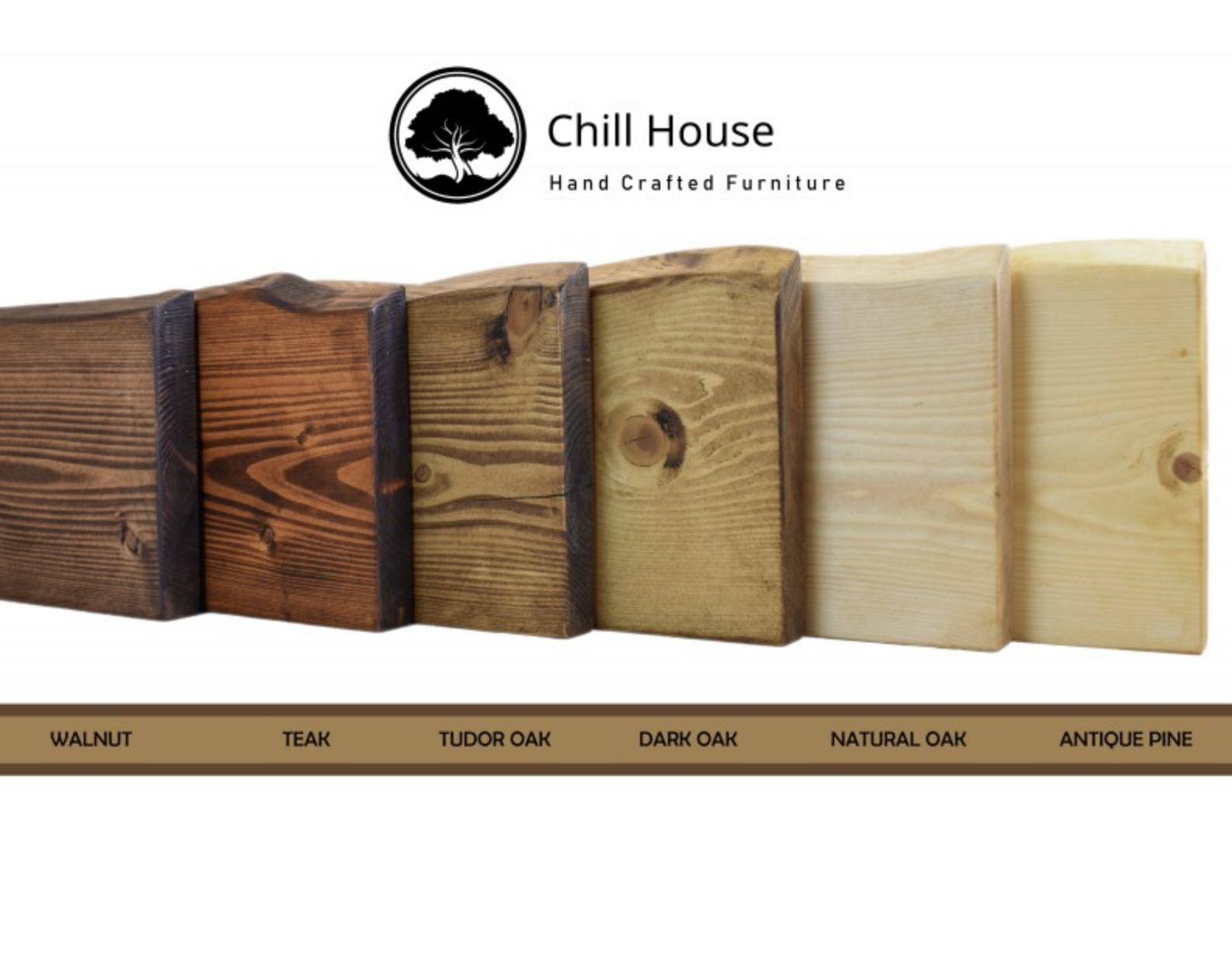
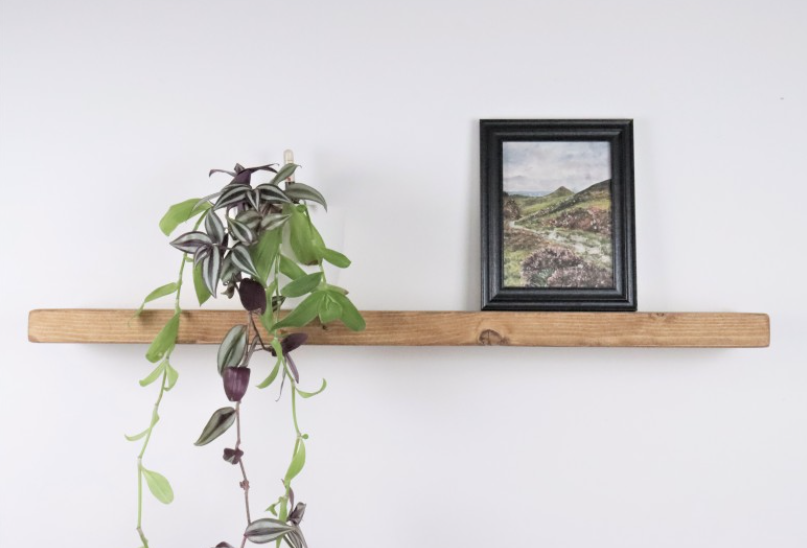

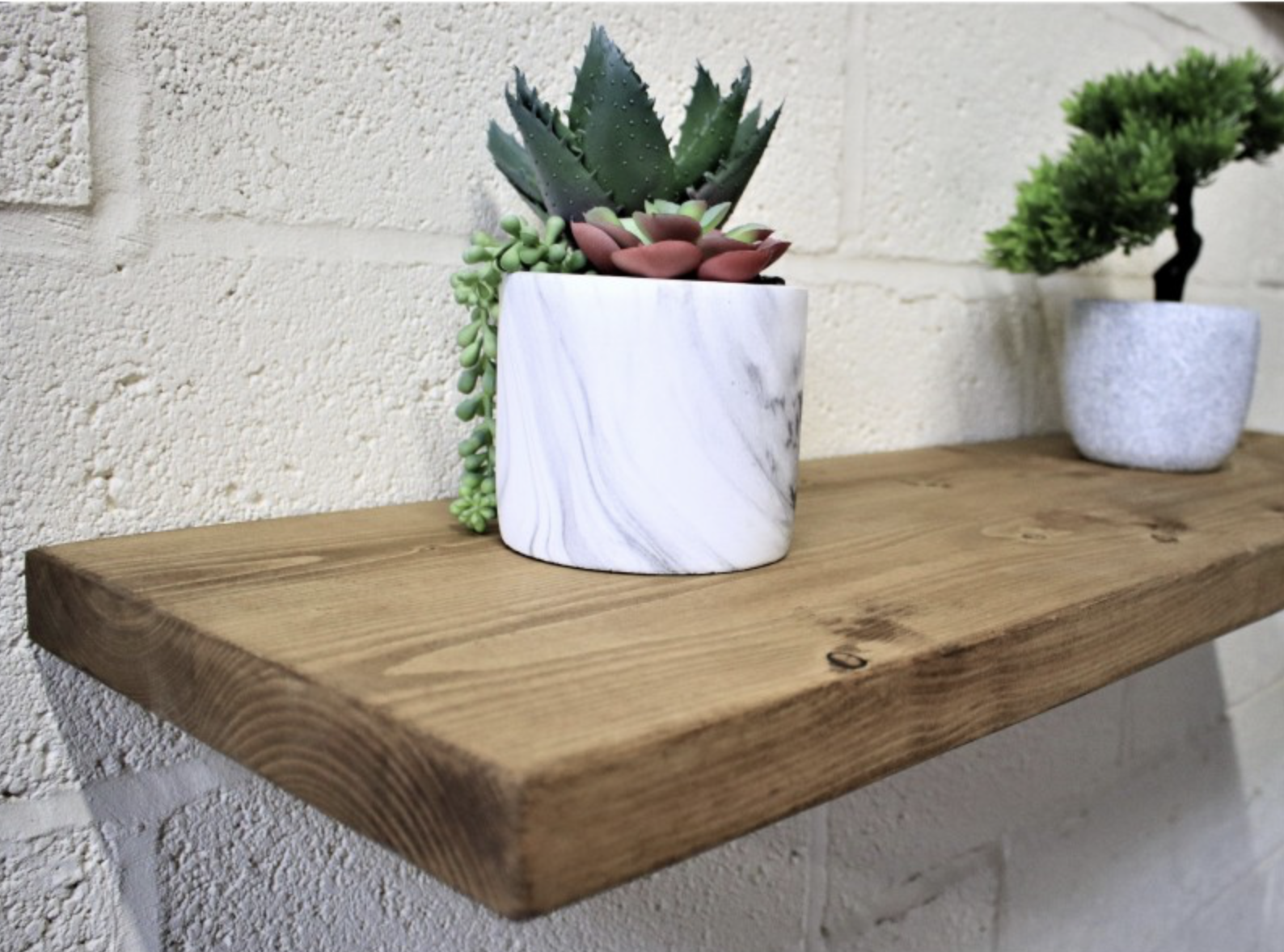
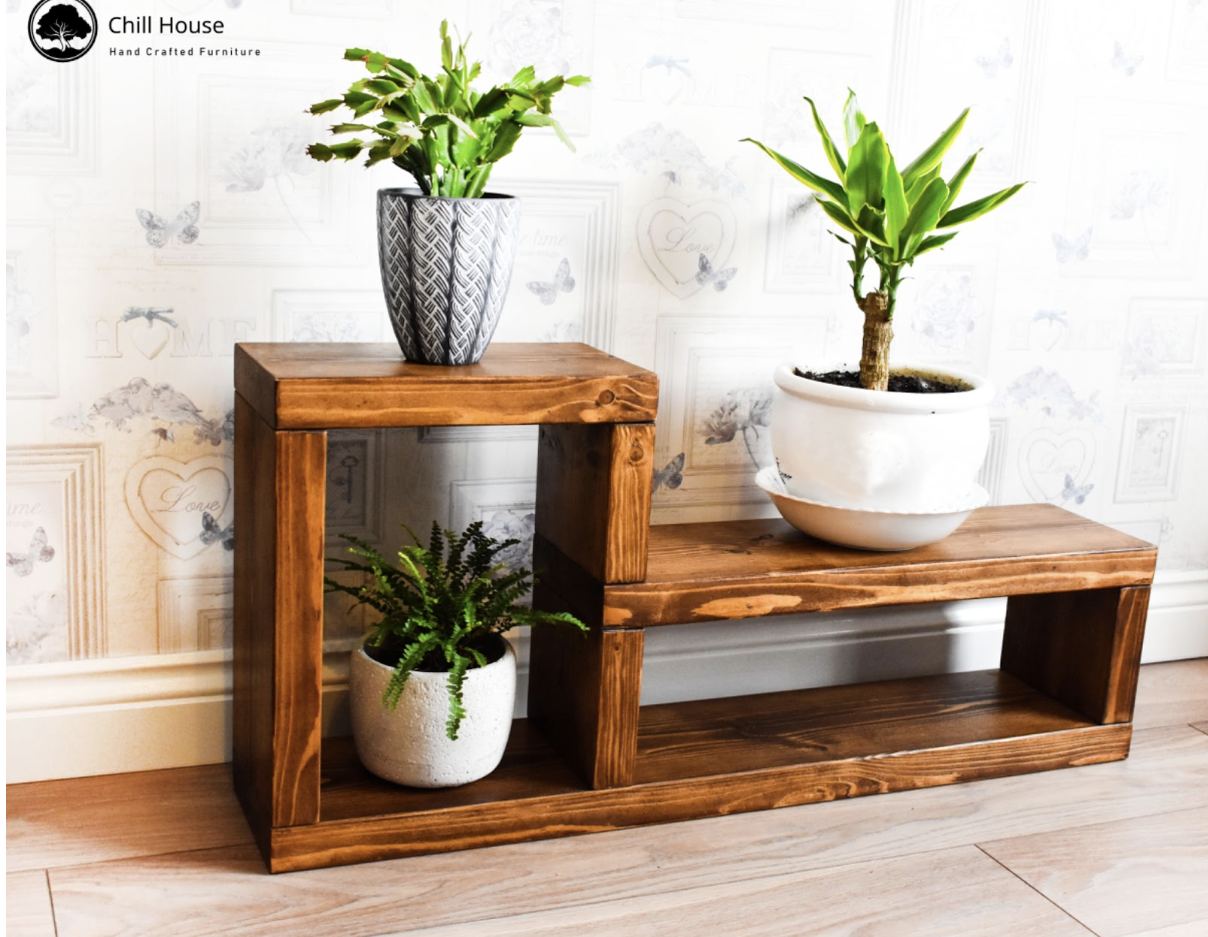
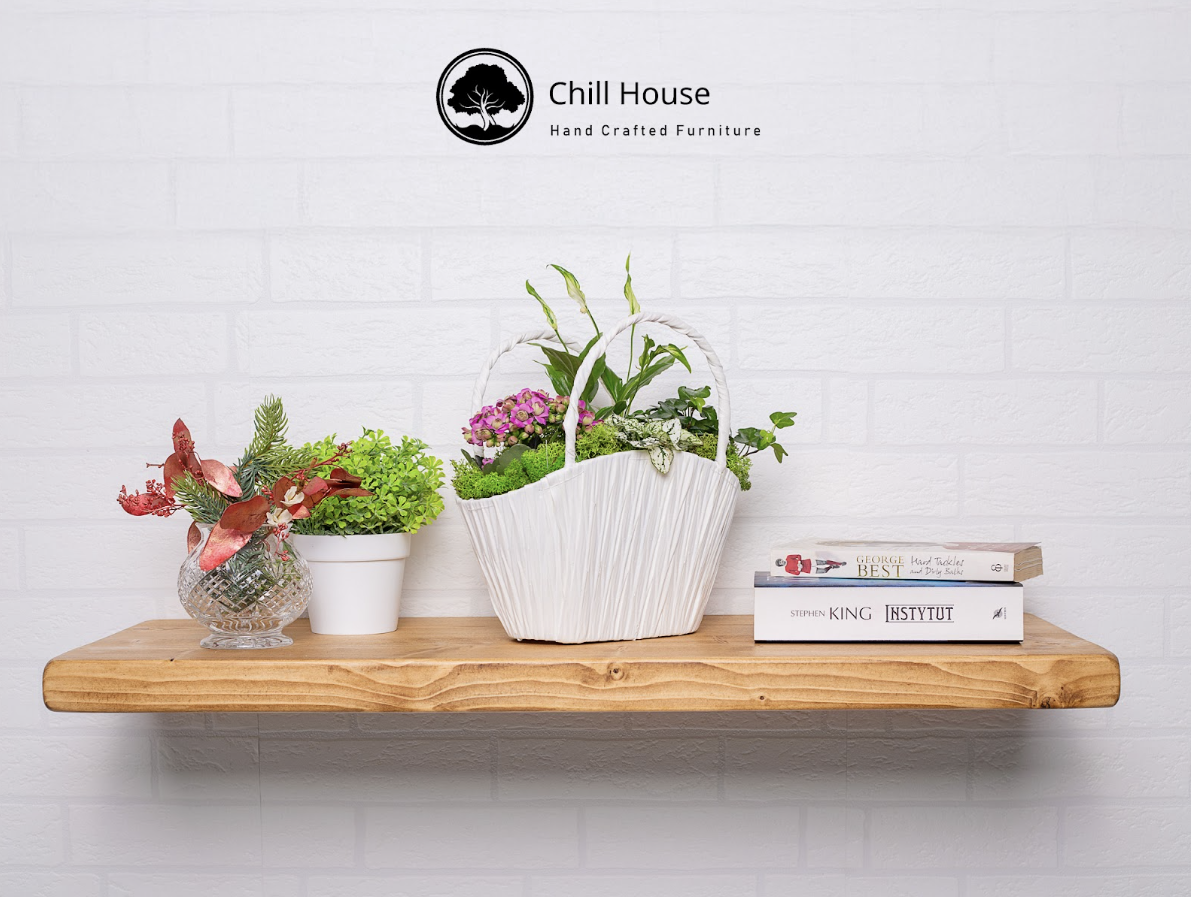









Leave a comment